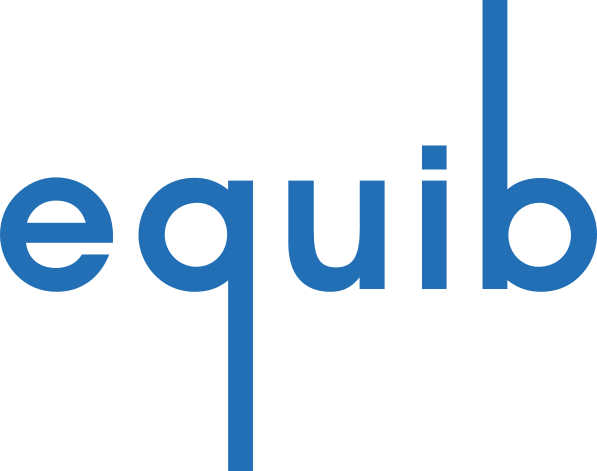Project management: Prioritising good governance
As infrastructure projects become increasingly complex, with a long list of partners typically involved in sign off and procurement, good governance is essential. But what can project managers do to ensure this happens?
For many local-authority construction projects, it is not unusual for literally dozens of partners to be involved in sign off and other key decisions. As well as a range of contractors involved in Engineering Procurement and Construction (EPC), there are sub-contractors, logistics firms and other service providers.
What is ‘good governance’?
While governance procedures are intended to mitigate risks by setting budgets and timescales, they can also cause delays if they are not managed efficiently and in a streamlined way. To avoid this, project managers should conduct a thorough stakeholder analysis and risk assessment and prepare detailed plans.
Once a plan is in place, project managers must consider any risks that could have an impact – such as requests for design re-works, which could trigger a fresh round of approvals. To avoid potential delays, they need to know exactly how decisions will be made and by whom. It is also important to ensure there is sufficient investment in internal and external expertise.
Understanding the value of risk analysis
Whilst some degree of procedural disruption is to be expected, some stakeholders may be reluctant to accept that a project is going to cost more or take significantly longer to complete. Even thorough use of dynamic risk-modelling tools, such as Monte Carlo simulation, may not be sufficient to convince these individuals that a particular project could take between two to ten years to complete, depending on what happens along the way. Failing to acknowledge such risk analysis could have serious cost implications however, not to mention damage the organisation’s reputation.
Ensuring data visibility
Good data visibility is vital to the smooth running of any local authority-backed project. Often systems are stand alone, function or task-specific, with a lack of cross-platform integration. This can make it more difficult for project managers to access and share reliable management data about cost variations or other changes that could have a bearing on the project’s outcome. As a result, one function might believe the project is running on time and on budget, whilst another foresees delays or cost discrepancies. To ensure good governance, project managers need access to a ‘single source of truth’ to guide them in keeping the project on track and mitigating risks.
Leveraging BIM
Wider use of BIM or Building Information Modelling, which involves the creation of a detailed digital description of every aspect of a building or project, could bring significant benefits for project managers. In particular, it could be used to improve data management and visibility. The ability to integrate 3D models with time and cost data will facilitate the identification of risks across the lifetime of the project. Access to such data can also help to de-risk the project in terms of its planning and delivery.
With or without access to BIM, project managers must do what they can to raise awareness of the importance of good governance by improving risk understanding and increasing data visibility.

